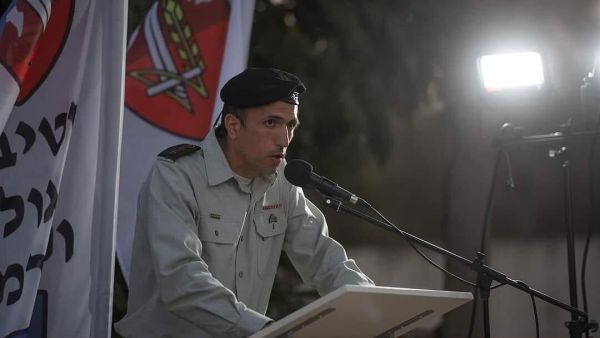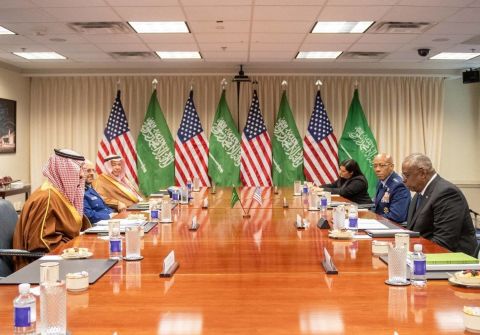ALBAWABA - According to Al-Jazeera, the Israeli military acknowledged the death of Colonel Ihsan Daksa, commander of the 401st Brigade, amid severe battle in heavily populated Jabalia, northern Gaza. A second Israeli officer was critically injured in the Gaza Strip battle.
According to Al-Jazeera, Israeli army radio said that Colonel Daksa and three other officers had evacuated two tanks and traveled 20 meters when an explosive device exploded. A bomb killed Daksa and wounded his colleagues, including the 162nd Division deputy commander and 52nd Battalion commander.
The Gaza battle has killed four high-ranking Israeli commanders, including Daksa, according to Israeli media. After his death, the 162nd Division commander named Lt. Col. Meir Biderman 401st Brigade commander. Lt. Col. Daniel Elah is temporarily commanding the 52nd Battalion after its Commander was severely injured in a combat near Tel al-Sultan, Rafah.
Colonel Daksa's death is one of Israel's worst casualties since the Al-Aqsa Flood battle, according to military and security expert Osama Khaled. Daksa, commander of the elite 401st Armored Brigade under the 162nd Division in the Southern Command, was a high-profile target. The brigade, nicknamed as "Steel Heels," is important to Israel's armored forces and combat operations.
One of Israel's top three armored brigades, "Steel Heels" is strong and mobile and regularly used in crucial combat circumstances.
Khaled said that Daksa spearheaded offensives at Shifa Hospital, Zaitoun, Beit Hanoun, Jabalia, and Rafah. He compared Daksa to the devastating Mongol warrior Hulagu and said his contribution was crucial to Israel's military operation.
The military analyst also observed that Hamas' Al-Qassam Brigades in northern Gaza achieved operational victory by killing Daksa in close battle. Khaled said that this episode shows Hamas' capacity to manage the battlefield and target key military people, suggesting a change in the fight.
He said that the event, involving numerous senior officials, may have been part of a bigger leadership meeting, suggesting that this operation may not yet be fully implemented.










